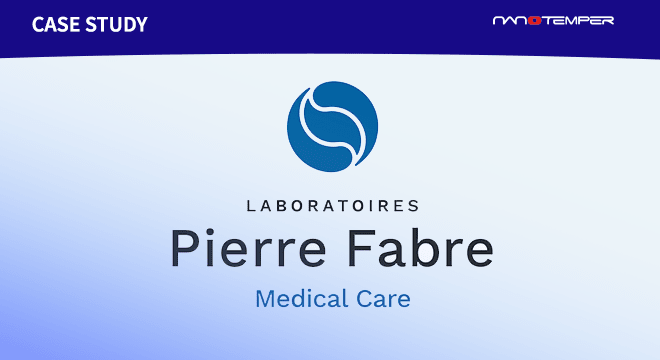
Here’s a scenario that’s all too familiar to many researchers: you’ve spent weeks, maybe months, in the lab. You’ve designed experiments – made mutations, engineered cell lines, optimized antibodies, imaged slides – to prove a hypothesis. Initial results support your idea, and you’re ready to compile everything together and publish your story or apply for additional funding. You sit down to write – and find that, while your initial observations were sound, you have a LOT of data to evaluate before you’re ready to publish.
The scientific method can be a long, arduous process, but there are many tools available to researchers to make data analysis less daunting. PR.Stability Analysis software was designed to enable Prometheus users to more efficiently and effectively analyze their data and come to faster, clearer conclusions on the results.
This is the first in a series of posts highlighting how PR.Stability Analysis software will help you address challenges in data processing and analysis. Save your lab valuable time and get to publishing your results sooner.
Why is merging data important?
Whether you’re working with very large data sets or just a few replicates at a time, it is important to know the variation on your data. Prometheus users familiar with PR.ThermControl and PR.ChemControl software know that it is easy to follow your data in real time, annotate, and color-code your replicates. But PR.Stability Analysis software offers enhanced features and automatic data-merging, which can save you a lot of valuable time in your research by helping you quickly interpret your data. Faster interpretation leads to faster conclusions and publications.
What features does PR.Stability Analysis software offer for merged data?
- Auto-merge replicates: No longer do you have to determine averages or standard deviations by hand. Now, whenever you load your PR.ThermControl or PR.ChemControl files, replicates with identical Category Names will be merged into an average run.
- Quickly see run variation: The merged view allows you to quickly visualize the variation between replicates as a shaded line around the average.
- Exclude/include replicates: The software will auto-exclude obvious outliers, which also saves you time spent on data analysis. However, you can also expand the merged data to see single runs, and choose to add them back to analysis, or remove a replicate you do not want to evaluate. The new averages and deviations will be auto-calculated.
How do I use the auto-merge feature for my data?
Watch this video with NanoTemper Application Specialist, Lindsay Dawson, for a brief lesson on how easy it is to merge and navigate through your data.
Here are the steps involved to merge data sets:
- Load your PR.ThermControl or PR.ChemControl data file by either dragging and dropping it over the Stability Analysis icon on your desktop, or by opening up Stability Analysis and opening the file of interest.
- The program will auto-merge data points with the same category name added in annotations.
- You can then upload additional Control files to add them to the analysis.
- Once all your data is loaded and merged, you can use the arrows to expand or collapse your data to see individual replicates.
- The expanded view will also allow you to exclude or include replicates in the merged set.
Start merging your data with PR.Stability Analysis software
PR.Stability Analysis was designed to enable our Prometheus users to gather trends and conclusions quickly so you can spend your precious time designing new experiments or publishing your results. If you’re interested in finding out more about Prometheus PR.Stability Analysis software, click here.
Explore the NanoTemper Support Center to get great tips on PR.Stability Analysis software, protocols, assay optimization and even fun facts.























